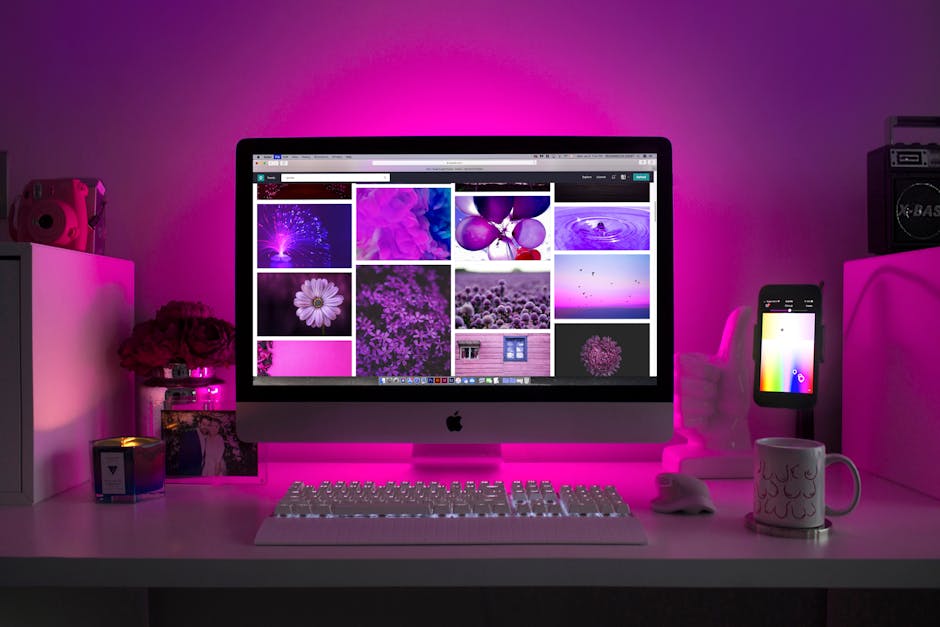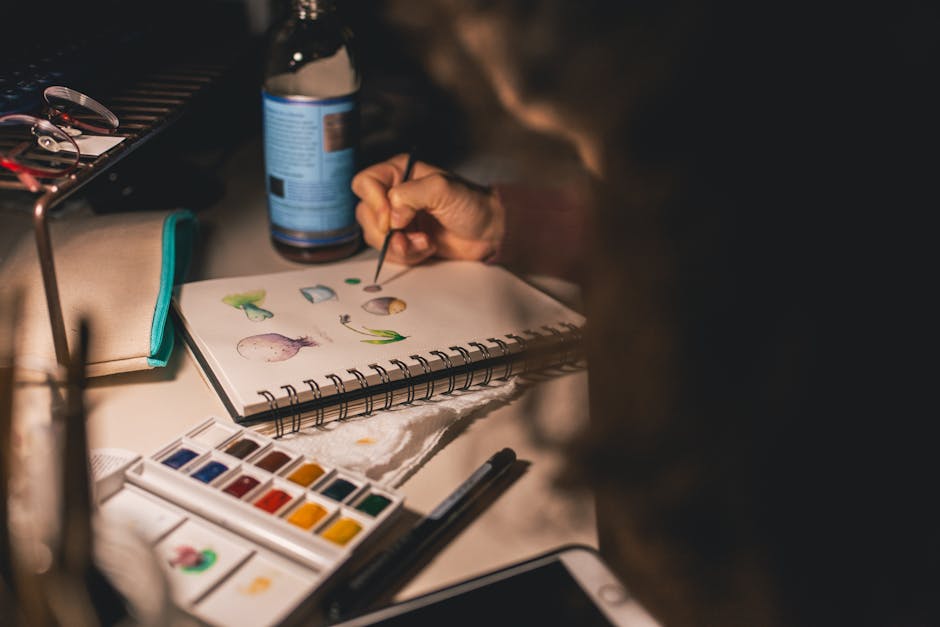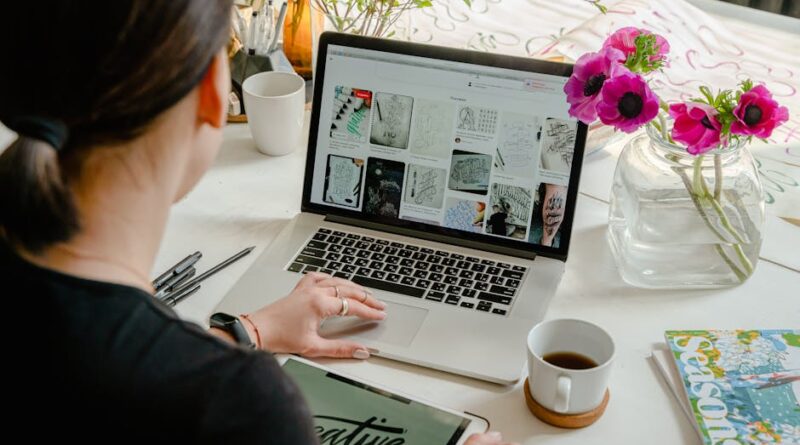How to Create a Stunning Art Website
Are you an artist looking to showcase your work? A stunning art website is your best tool. it’s your online portfolio, your gallery, and your way to connect with art lovers. Lets dive into how you can create a website that truly stands out.
Why Do You Need an Art Website?

Having a dedicated website is essential for artists today. Did you know that 75% of people judge a company’s credibility based on it’s website? This applies to you, too! A well-designed site can help you:
- Showcase your artwork.
- Sell your pieces online.
- Share your story and connect with your audience.
So, how do you create one?
What Should You Include on Your Art Website?

Your website needs specific elements to be effective. Here are the essentials:
- Portfolio: Display your best work. Choose high-quality images and categorize your art.
- About Page: Share your story. Who are you? What inspires you? This builds a personal connection.
- Contact Information: Make it easy for visitors to reach you. Include a simple contact form.
- Blog (optional): Share your thoughts, process, and upcoming events.
- Online Store: If you want to sell, include an e-commerce section.
How Do You Choose the Right Platform?

Picking the right platform can feel overwhelming. But it doesnt have to be. Here are a few popular options:
- Wix: User-friendly with drag-and-drop features.
- Squarespace: Sleek, modern designs perfect for showcasing art.
- WordPress: Highly customizable, ideal for those with a bit of tech savviness.
Consider what you need: Ease of use? Design options? Cost? Take time to explore each platform before making a choice.
What Design Elements Matter Most?

Your websites design impacts how visitors perceive your art. Keep these design principles in mind:
- Simplicity: Less is often more. Avoid cluttered layouts.
- High-Quality Images: Use crisp images to showcase your work. Blurry photos don’t do your art justice.
- Consistent Branding: Use a color scheme and fonts that reflect your art style.
[p]Image suggestions:
How Do You Write Engaging Content?
Content is key. Heres how to craft engaging text for your site:
- Be Authentic: Write in your voice. Share your passion for art.
- Tell Stories: People love stories. Share the inspiration behind your pieces.
- Use Clear Language: Avoid jargon. Make it easy for everyone to understand.
For example, instead of saying, “This painting represents existentialism,” you could say, “This painting shows the struggle of finding our place in the world.”
How Do You Optimize for Search Engines?
Want people to find your site? You need to think about SEO, or search engine optimization. Here are some basic steps:
- Use Keywords: Identify keywords related to your art. Incorporate them naturally into your text.
- Write Descriptive Alt Tags: These tags describe your images for search engines and help with accessibility.
- Update Regularly: Fresh content signals to search engines that your site is active.
For more details, check out this guide on [SEO Basics](https://moz.com/beginners-guide-to-seo).
Should You Include a Blog?
A blog isn’t necessary, but it can be beneficial. It allows you to:
- Share your artistic process.
- Discuss art trends.
- Engage your audience with updates and stories.
Plus, blogging regularly can improve your SEO.
How Do You Promote Your Art Website?
Once your site is ready, it’s time to promote it! Here are some ideas:
- Social Media: Share your art on platforms like Instagram and Facebook. Link to your website.
- Email Marketing: Build an email list to keep followers updated on new work and exhibitions.
- Networking: Connect with other artists and join art communities online.
Consider collaborating with other artists or participating in online art fairs for additional exposure.
What Are Common Mistakes to Avoid?
Even the best artists make mistakes when creating a website. Heres what to watch out for:
- Neglecting Mobile Users: Make sure your site works well on smartphones.
- Too Much Text: Keep it simple. Visitors want to see your art!
- Ignoring Analytics: Use tools like Google Analytics to track your audience. This helps you improve your site.
How Do You Measure Success?
Finally, how do you know if your website is successful? Here are some key metrics:
- Traffic: How many visitors come to your site?
- Engagement: How long do people stay on your site? Are they clicking on your art?
- Sales: If you have an online store, track your sales numbers.
Regularly reviewing these metrics can help you understand what’s working and what needs improvement.
What Are Your Next Steps?
Creating a stunning art website takes time and effort, but it’s worth it. Start by choosing a platform and outlining your content. Focus on quality images and engaging text. Remember, your website is a reflection of you as an artist. Make it shine!
If you follow these steps, youll be well on your way to having a website that not only showcases your art but also connects you with a wider audience. Happy creating!
For even more tips on promoting your art, check out our article on [Marketing Your Art Online](https://yourwebsite.com/marketing-art).



